Pinterest for Ecommerce – Statistics, Strategy, Design Tips
However, social media platforms stepped in and offered eCommerce marketers new opportunities for expanding the audience and selling more. One of the most effective social media for brand recognition and audience growth is Pinterest. That`s why most businesses use Pinterest for eCommerce and brand promotion. Let`s see how!
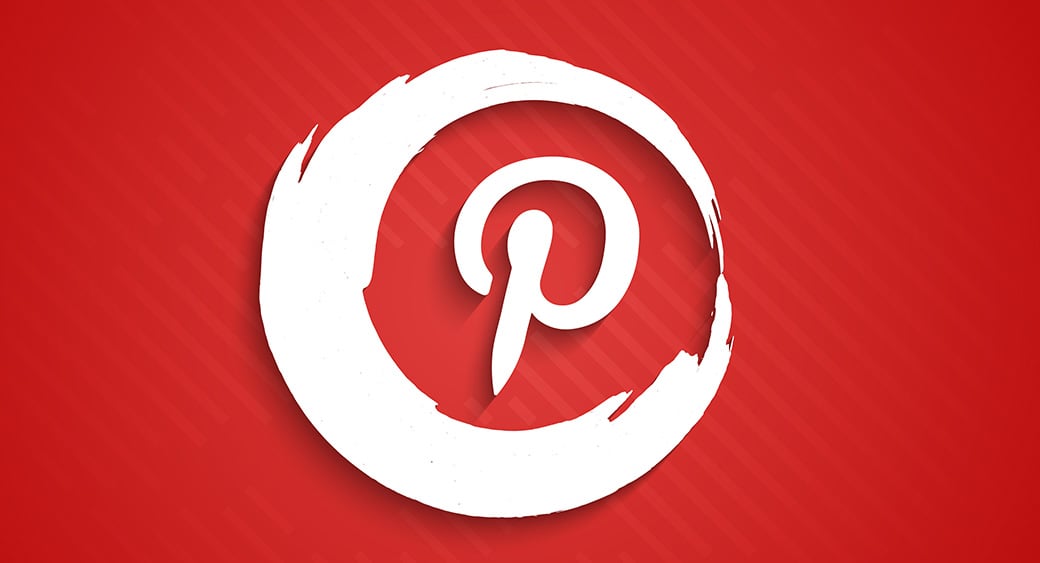
Would you like to grow your organic traffic and boost sales for free?
The offer seems ridiculous in a modern environment, where the cost of digital advertising rose by 12% in 2017 and brands are struggling hard for every unique visitor.
Pinterest transformed into a powerful selling platform and continues to focus on further commercial development. It uses advanced technologies to deliver innovative shoppable features and lets the eCommerce store owners sell both the product and the experience.
Let’s break down the strategy of promoting on Pinterest step-by-step and see which practices work the best.
Pinterest Statistics in Numbers
Pinterest has 250 million monthly users. Wow.
Women still make the biggest part of this number, but last year, 40% of the new sign-ups were men. The gender split to be 30/70 in 2020, it’s safe to assume that Pinterest is great for targeting a broad audience and reach both genders successfully.
If we take a closer look at demographics, we will see the following:
- Age: 18 – 40 years old;
- Education: high;
- Country: 50% of the users are from the USA;
Now that we are good with the target audience portrait, let’s see the other statistics.
Business Statistics
Here is how Pinterest contributes to product discovery and further product purchase:
- 59% of millennials discovered products on Pinterest – this number makes Pinterest and Instagram equally important in terms of product discovery.
- Pinterest helps 90% of the users make purchase decisions;
- Pinterest drives 33% more traffic than Facebook;
- 5 in 10 users made a purchase after seeing a promo Pin.
The numbers clearly show that Pinterest impacts customer buying decisions heavily. And this logically leads to revenue growth.
Revenue Generation
As for sales, Pinterest displays the following numbers:
- Pinterest generates a $2 profit for every $1 spent on advertising;
- The average order value of sales is $50;
- Promoted Pins generate 5X more in-store sales;
Pinterest is far in advance of Facebook and is slowly overgrowing Instagram. But to get the most out of it, one has to know all the intricacies of how to use Pinterest for eCommerce.
Pinterest for Ecommerce – Setting up the Account
Before building a promotional strategy, first, you need to create an account of your store and set it up properly.
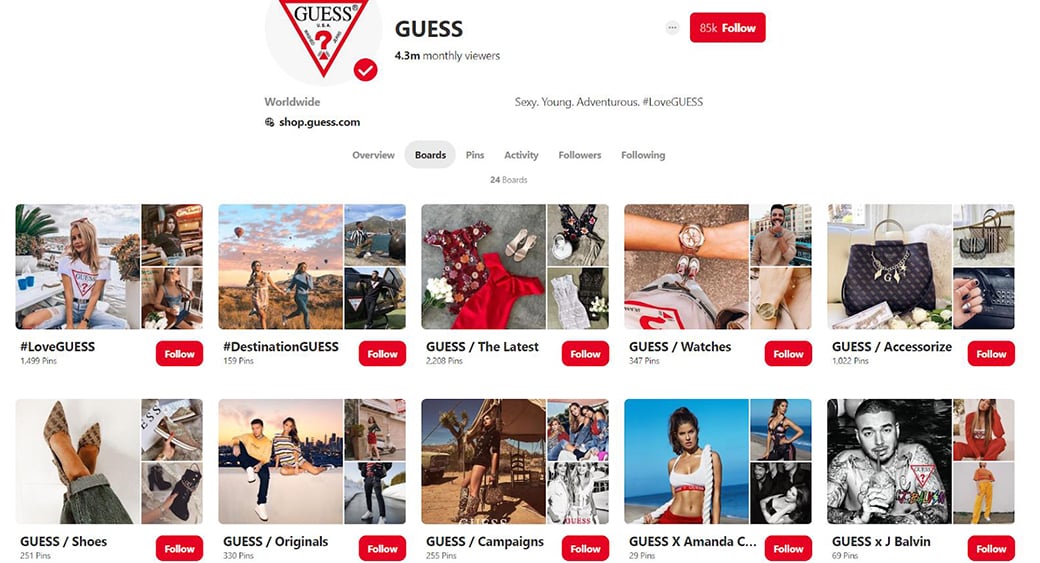
Create a Business Account
Follow this link to create a profile for your store. You will have to:
- Upload a profile photo: we recommend going with your logo;
- Fill in the information about the company;
- Claim your site and social media accounts to make your name and photo appear on every Pin with your content.
Once your profile is ready, you can use Pinterest widgets to add Pinterest buttons to your website or mobile app. The buttons include:
- Save: lets users save the products right from your website;
- Follow: users can come to your Pinterest profile from your website;
- Pin widget: embed your Pins on the site;
- Profile widget: display your latest Pins on the website;
- Board widget: displays the latest Pins from your favorite Board on the website.
These buttons integrate the store with your Pinterest profile, thus increasing the profile’s visibility and contributing to traffic growth.
Add Analytics
When using Pinterest for eCommerce, you must know what kind of content performs the best and attracts the most users. For that, you will need to integrate Pinterest Analytics.
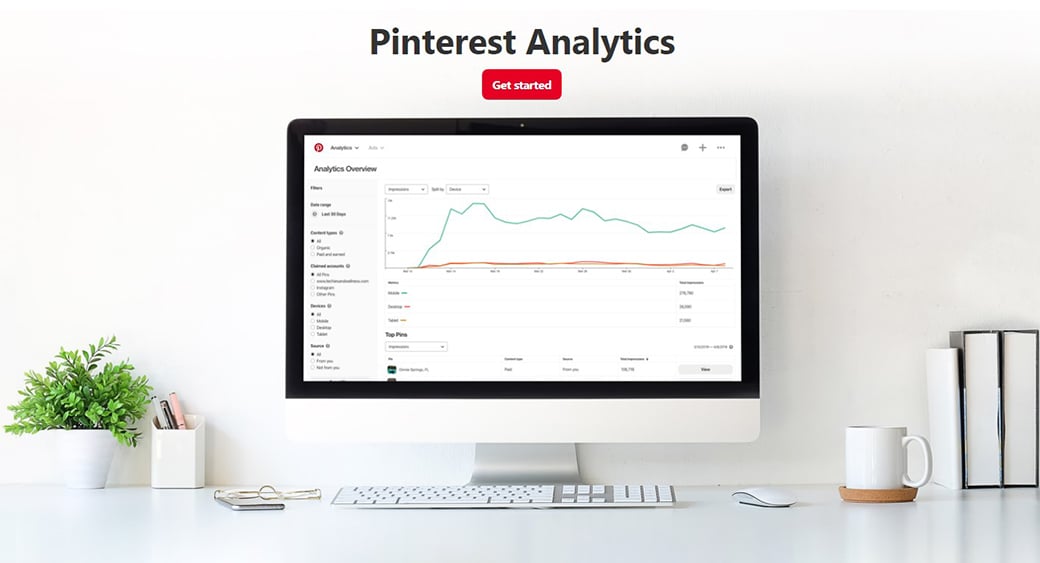
The tool will show the audience demographics, preferences, and engagement with your content. What’s awesome about Pinterest Analytics is the fact that it also shows information about traffic from other social platforms and lets you see the overall picture.
Create Boards
A board is a collection of Pins with the same idea and style. There is no official limit to the number of boards that a brand may have, but we recommend creating at least 10 to make your profile look comprehensive and multifaceted.
The secret of successful Pinterest design lies in consistency and visual appeal. Here are some tips to create a well-crafted board:
- Give it a clear and unique name: users should immediately understand what the board is about. Don’t hesitate to include a keyword to the name and/or description of the board to place it higher in the user’s search.
- Choose an attractive cover Pin that fully displays what content you post on the Board.
- Be consistent: post only the content relevant to the exact Board.
- Use secret boards to get the profile ready for specific events (like seasonal holidays) and launch them at your perfect prime time.
- Tell a story with your Pins: put a photo of a fire next to a picture of boot camps to create a sense of adventure and boost one’s imagination.
Don’t hesitate to use content from other people when arranging your Boards. Collaborate with other bloggers, find relevant Pins, and create a wholesome Board with your content upfront.
Everything You Need to Know about Pinning
The images that users share are called Pins – and this is the primary content that will drive people to your profile and encourage them to discover your brand.
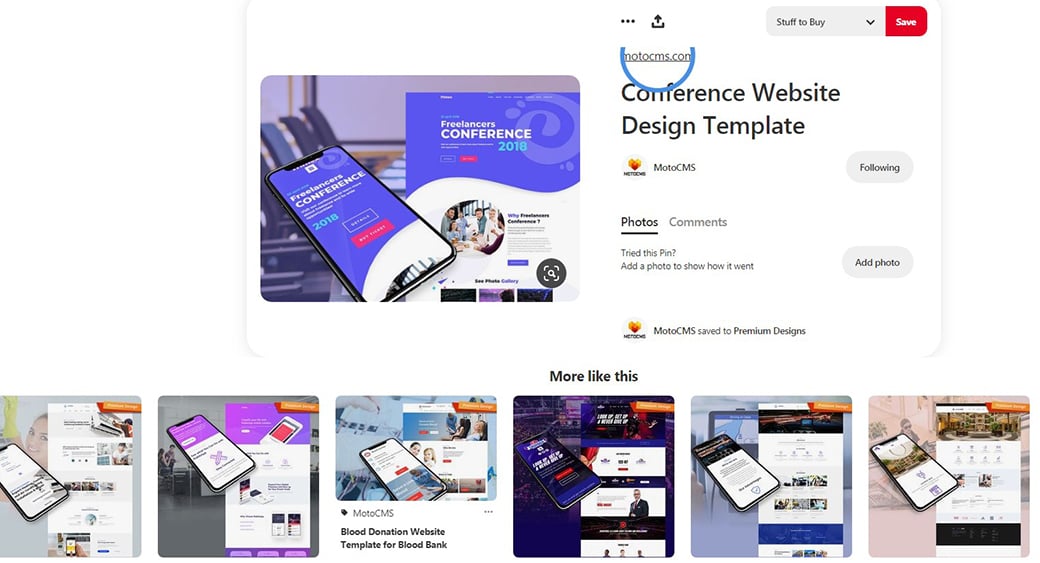
Creation of content on Pinterest includes many aspects and demands a careful and well-planned approach.
Pinterest for Ecommerce – Types of Content to Share
The most obvious answer on how to use Pinterest for eCommerce is to post your product photos. You have to display them in the most favorable manner and display (if possible) the best product features.
Product photography for e-commerce takes a lot of effort and has many aspects to consider. Another type of content is collage – a Pin that consists of multiple images. Pinterest recommends keeping the number up to 4 images or less in order not to distract the user. Infographics also work incredibly well. You can include it in your feed if relevant.
Basic Requirements for the Pins
We will discuss the best design practices in detail later. For now, here are the essentials for creating an attractive Pin.
- Color: try keeping it warm. Red–toned images perform better than blue-toned ones.
- Height: the taller the better! Keep your Pins vertically oriented, in a ratio that is recommended by Pinterest itself – 1:2:8.
- Palette: images with multi-dominant colors perform better than the ones with a single dominant color.
- Whitespace: images with 30% or less of the whitespace or background perform better.
- People: images without faces of people got 23% more repins than images with faces of people on them.
These are the basics to follow if you want your images to perform well and attract users to your profile. However, this is not a set of strict rules but more of a general and empirically tested guideline. After all, every business is unique, and your content may require people’s faces or lots of white space.
Text on Pinterest
Visual content is the Pinterest core, but text also plays a big role in promoting your brand. The text informs the user what the product is about and why the user should check it out, so invest some time into crafting eye-catching and informative copy.
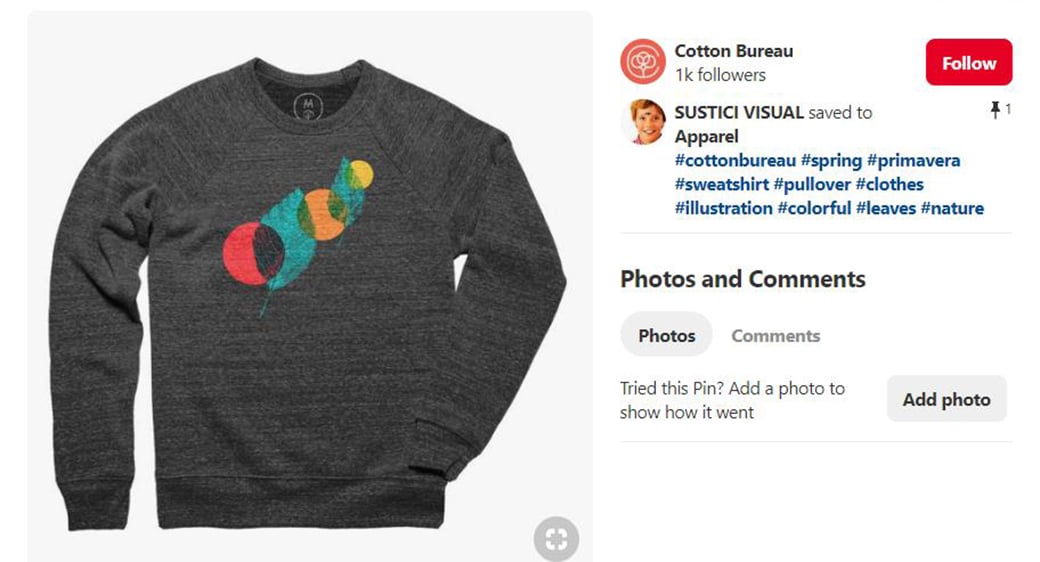
Keywords
Users search Pinterest by keywords so it would be silly to lose traffic over that. Include relevant keywords in the Pin/Board name and description but make sure it sounds natural. In this way, your Pins may be displayed not only on Pinterest but among the top search results in Google, if the keyword is high-performing.
Length
Pinterest allows 500 characters for the product description. However, if the user does not click on “See more”, they will see only 75-100 characters. So your task is to grab the attention from the very start.
Benefits
Your product description should contain all the benefits that can encourage the user to buy. Whether it is a product material or an innovative way of manufacturing the product, let users know about it.
Hashtags
Pinterest recently introduced hashtags that make users’ search faster and better. At the same time, hashtags allow brands to expose themselves to a new audience and get more views. Pinterest hashtags work by the same principle as Instagram hashtags and have to be relevant and timely.
Note: Pin every day and keep the number of Pins between 5-30 per day. Ten Pins should work great for your brand.
Rich Pins
When choosing Pinterest for eCommerce promotion, merchants instantly get access to multiple promotional tools, including Rich Pins.
Rich Pins give additional information to the user and come in the following forms:
- Product: include pricing, availability, and a link to buy the product.
- Recipe: includes information on serving, ingredients, and cooking time.
- Article: has a bold headline and story description.
- App: has an install button to download the app without leaving Pinterest.
Rich Pins is awesome for the business because it has all the supporting information to persuade users to proceed with the shopping/conversion.
Pinterest for Ecommerce – Promoted Pins
Don’t forget about a great advertising option, which is Promoted Pins. These Pins are a great way to drive traffic directly to the store and lead the user to complete the conversion.
To track the users’ activity after engaging with your Promoted Pin, install a Pinterest Tag. The tool lets you see the return on ad spend and track down the user’s path.
One more cool thing about Promoted Pins is that they generate earned impressions. That means that any time a user saves your Promoted Pin, their followers will see the Pin as well, increasing the number of total impressions.
Pinterest Tag allows to:
- track the activity across devices and see what devices the visitors use the most;
- track items that users add to the cart;
- track checkouts, signups, and searches.
The integration of a Pinterest Tag lets store owners gain valuable insights into their audience and its behavior and adjust their marketing strategy accordingly.
Pinterest Design 101
Your promotional strategy will be heavily based on design. Since Pinterest is a visual platform, certain practices must be followed if you want your Pins to look attractive and represent the brand message.
Color
We already mentioned the importance of choosing the right color palette for your Pins.
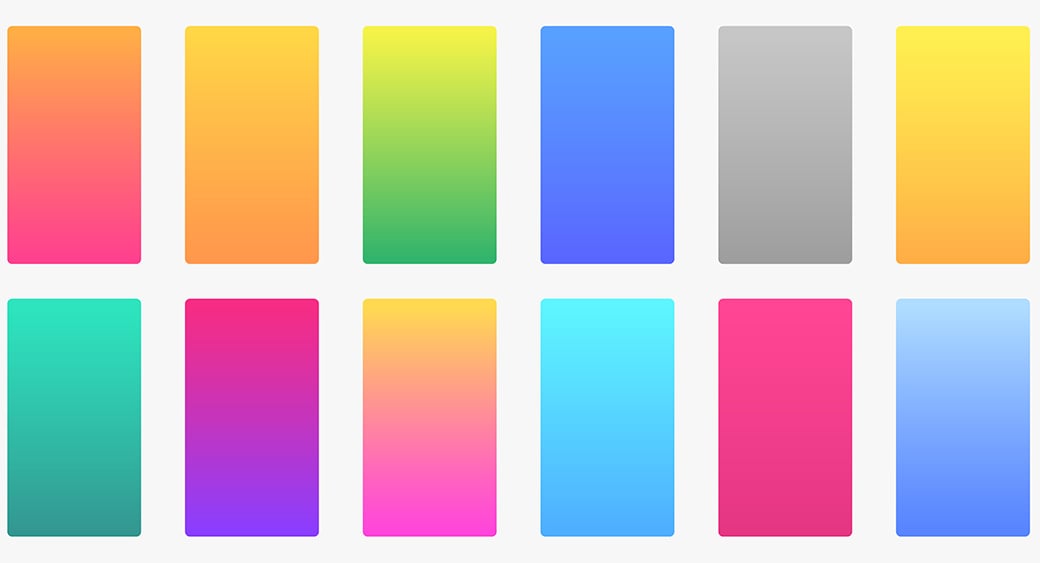
Images with warm tones get better engagement than blue-tone images. However, your brand colors may be blueish. In this case, try introducing warmer colors gradually. You can also Pin warm-color Pins and use your brand color as a distinguishing accent.
Note: Pinterest has a white background, so it makes sense that images with bright colors and accents will stand out.
Light
Medium-lighted images are represented 20X more than dark images and 8X more than white (or mostly white) ones. So, light is another important aspect to consider when crafting your perfect Pins. To be 100% sure of your design, test different options and see which one causes the most response from the audience.
Proportions
We’ve covered it before but will now see it in more detail.

The proportion of a perfect Pin is a 2:3 ratio. Square Pins (600×600) are accepted as well.
Here is a table of 2:3 ratio examples:
Note: If your Pin is taller than the 2:3 proportion, make sure it offers enough value to make the user tap it to see the Pin in full.
And because we live in a beautiful era of the Internet, there are plenty of tools (free & paid) to help you create mesmerizing Pins in no time:
- Snappa: the service offers both free and paid accounts to use ready Pinterest templates.
- Canva: same as Snappa, Canva offers both free and paid templates for creating Pins in necessary dimension.
- PicMonkey: allows editing the text on the image and adjust it to your brand.
Summing up, the Pinterest design is based on color, light, and dimension balance – the ultimate trio to consider when getting down to Pin creation. And don’t forget to test any change you make to ensure the audience responds positively to your content. Ideally, the design of your Pinterest profile should correspond to your e-commerce theme design.
Tips for Promoting Your Brand on Pinterest
Once you are all set and done and have created your first Boards, it’s time to go out there and look for the followers. Even though Pinterest offers an advertising option, there are also a few opportunities to get exposure for free.
Find Group Boards
Group Boards have multiple contributors and thousands of followers. Posting to such a Board will get you significant exposure and probably drive new users to your profile. But how do you find such Boards? PinGroupie is a free tool that lets you find themed Boards on Pinterest. Its filtering option enables you to choose the Board category, see the number of pinners and followers, and the average number of repins.
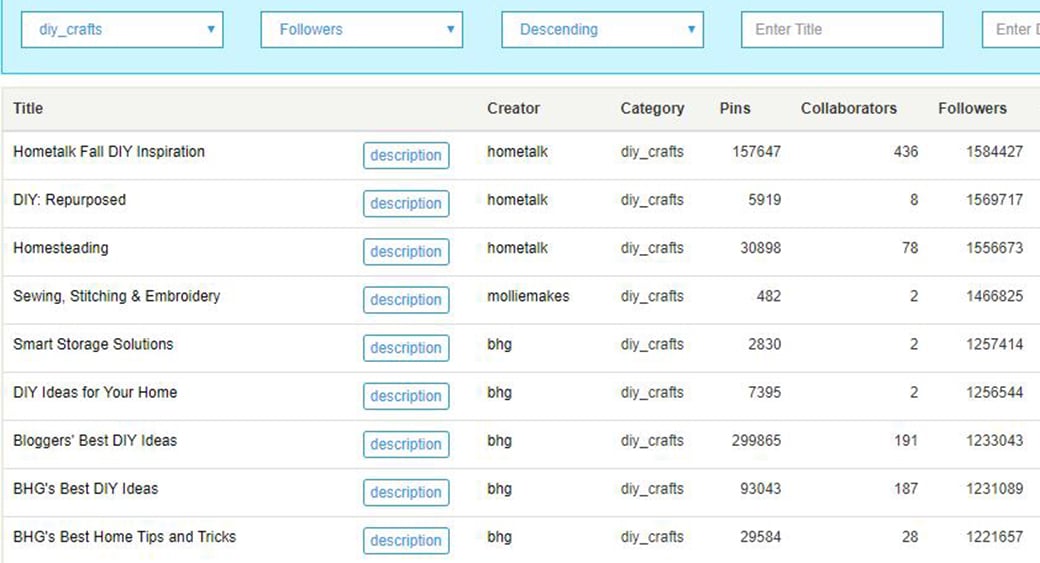
Another way to find Group Boards is to research your competition and see whether they are members of any Group Boards.
You can detect a Group Board by a circle with profile pics of the contributors.
Contact Board Owners
The owners of Group Boards receive hundreds of messages daily—and yours will most probably get lost in them. So the best way to be unobtrusive and reach your goal is to email the board owner. Most of them usually show the website and contact info on their profile.
Important: Always check the board rules (if there are any) to avoid being banned or kicked off the board.
Shoppable Features
To help e-commerce entrepreneurs promote their stores, Pinterest introduced several shoppable features that allow users to easily search for products and instantly buy them.
Pinterest for Ecommerce – Shop the Look
This feature is a great helper for fashion and home décor brands to sell their products right in the app.
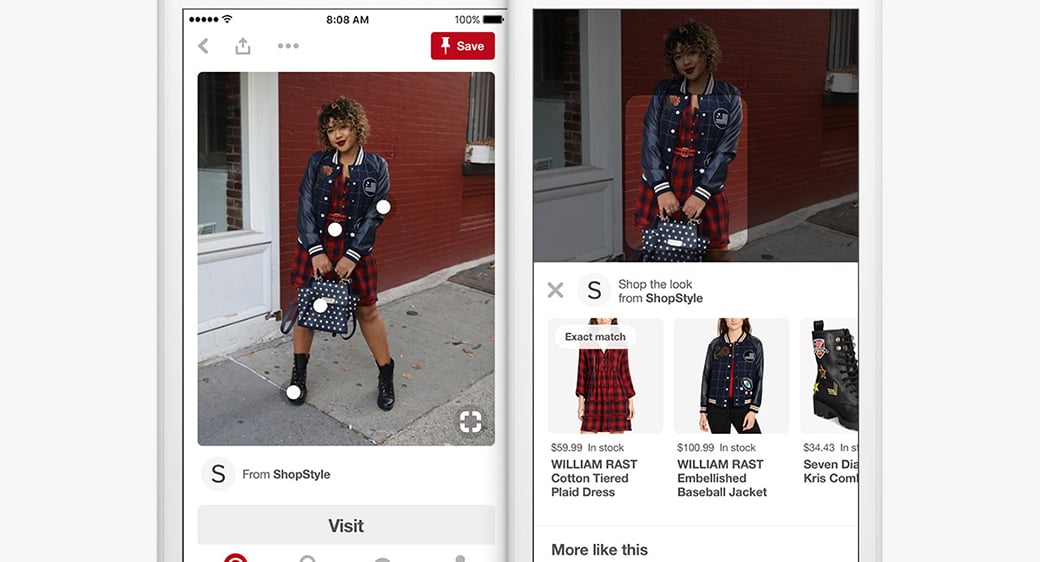
A Pin with shoppable products will have white dots on different items displayed on the Pin. When the user taps on the dot, they will see the information about the product and the link to buy the product. To create such a shoppable Pin, complete the following steps:
- Click on “Create new Pin”;
- Upload the image and fill in the information;
- Click on the shoppable icon;
- Click on the product that you want to tag;
- Add the necessary URL that would lead to the product page;
- Select an image for this specific product;
- Repeat the steps above for all the items that you wish to tag;
- Click “Done and save the Pin on the Board.
“Shop the Look” feature is great indeed as it lets people buy a wholesome look/part of the interior without spending time on browsing matching items.
Pinterest Lens
The best way to picture how Pinterest Lens works is to remember the famous comparison it received: Shazam for the products. Pinterest statistics say that in 2018, people made over 600 million visual searches per month via the Lens—and the number seems to be growing!
Pinterest Lens lets users scan the objects via the camera or upload an image from the gallery and search for the inspiration. For example, you can point the photo on your men’s leather blazer to find ideas about how you can wear it. Some users even use Pinterest Lens to scan products in the grocery store to see the recipes for the items.
For e-commerce store owners, Lens is a useful tool in expanding the audience and reach. By using relevant hashtags and forming your brand identity, you increase your chances of getting noticed.
Product Pins
Product Pins replaced Buyable Pins and are aimed at making e-commerce on Pinterest more dynamic, engaging, and meaningful. Product Pins feature price, stock information, and a link to buy the product. This is a great feature for e-commerce store owners, as users can shop right away without leaving the app.
Another feature that Pinterest rolled out is a shopping shortcut. The shopping icon on the Pin represents it and lets users shop right from the feed.
Pinterest for Ecommerce Checklist
We’ve covered many aspects of using Pinterest for eCommerce. To refresh your memory, we have prepared a checklist before setting up your Pinterest profile.
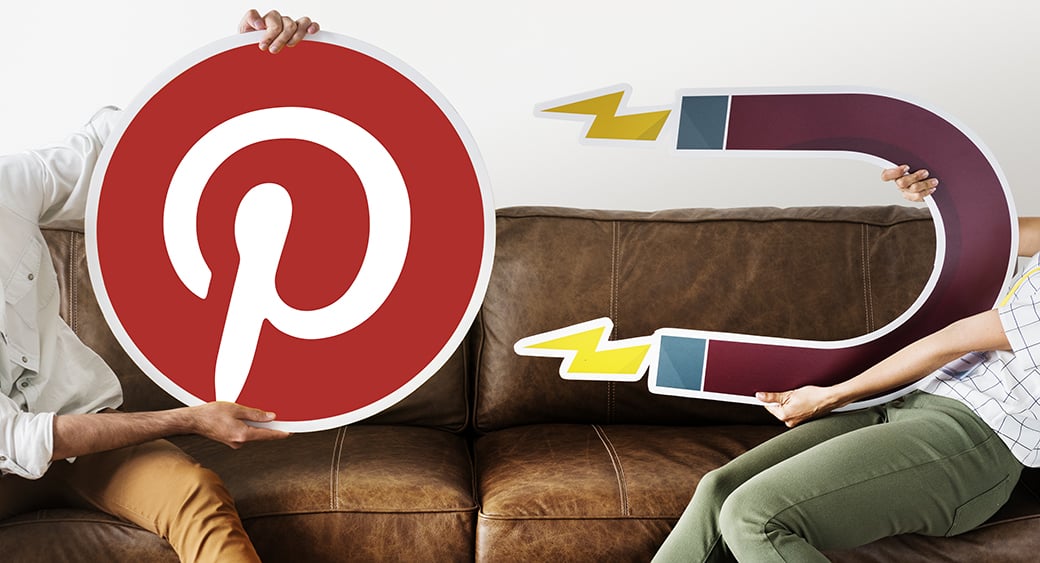
Create and Manage the Editorial Calendar
You have to Pin every day numerous times to stay visible and attract visitors. But will you be able to come up with the original ideas when your sales overflow, like on seasonal holidays?
To keep posting the content without losing in sales, create an editorial calendar and mark the biggest milestones: seasonal holidays, birthdays of the store, etc. Prepare a few secret boards and start filling them already so you will roll out a relevant Board and boost your impressions when the time comes.
Editorial calendar also helps you adjust the type of content you post and distribute the content more evenly.
Pinterest for Ecommerce – Double-Check Your Profile
Make sure your profile looks good on desktop and mobile. Also, ensure that the company description and other relevant information are filled in properly and contain all the needed links and keywords.
Do Pinterest Audience Research and Come up with Suitable Content?
Before posting, research the audience to see what type of content your audience favors the most. Perform A/B testing to see what kind of imagery and text perform the best and build your profile around it.
Collaborate, Collaborate, Collaborate
In addition to the board owners, try contacting the influencers and collaborating with them.
Influencer marketing is a big thing that is growing steadily. People tend to rely on the opinions of people who share their interests, so collaboration with influencers usually generates a fair amount of new customers and boosts impressions significantly.
Add Pinterest Buttons to Your Site
Your Pinterest strategy should not end on the platform only. Make sure your site has all the necessary Pinterest buttons.
The most important among them would probably be “Save” and “Follow” as they allow users to immediately engage with your Pinterest profile without leaving the site.
Watch the Content
The importance of keyword and hashtag use cannot be overcounted.
Both keywords and hashtags help users discover your content and encourage them to explore it. Research which keywords suit your brand the best and use them in product names and descriptions.
As for the hashtags, see which ones your competition uses and which give the most results upon search.
Pinterest for Ecommerce – Final Words
Pinterest is a great way to grow your business and gain a loyal audience. It’s engaging and serves the users’ needs by inspiring them and letting them discover amazing ideas and products. The numbers clearly show that Pinterest is a place to be for all aspiring e-commerce entrepreneurs who wish to reach out to more people and make their brand recognizable.
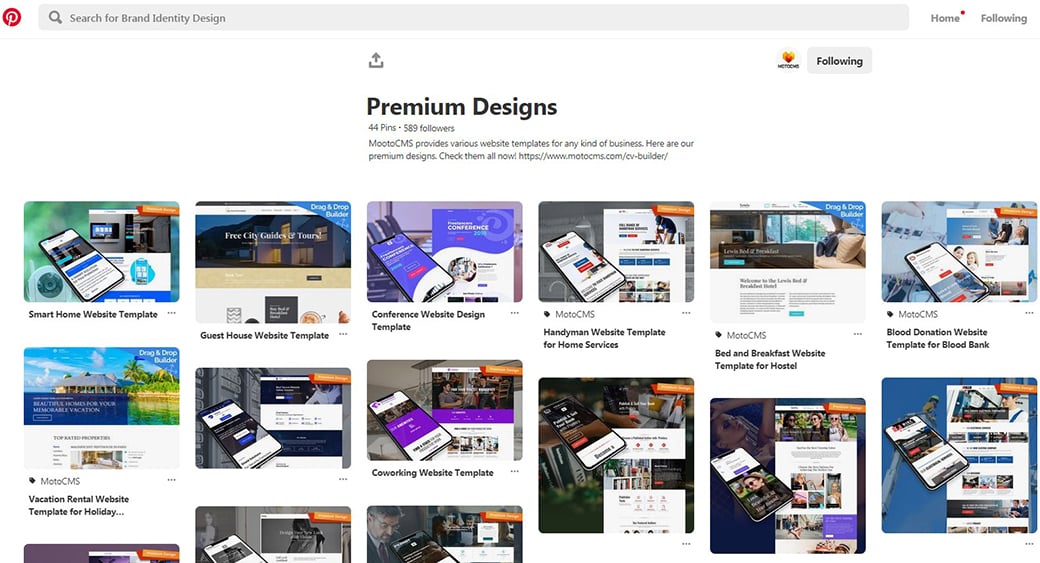
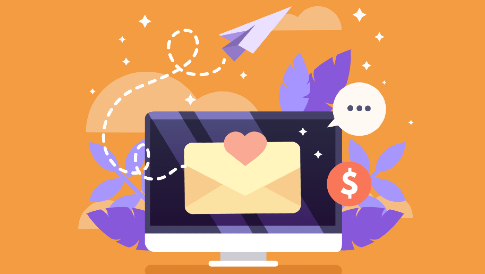
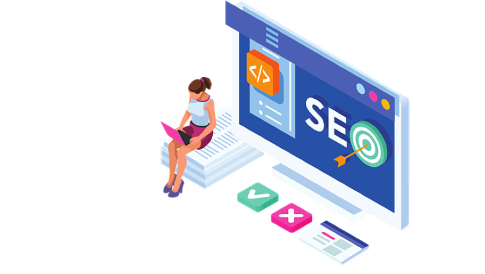


Leave a Reply